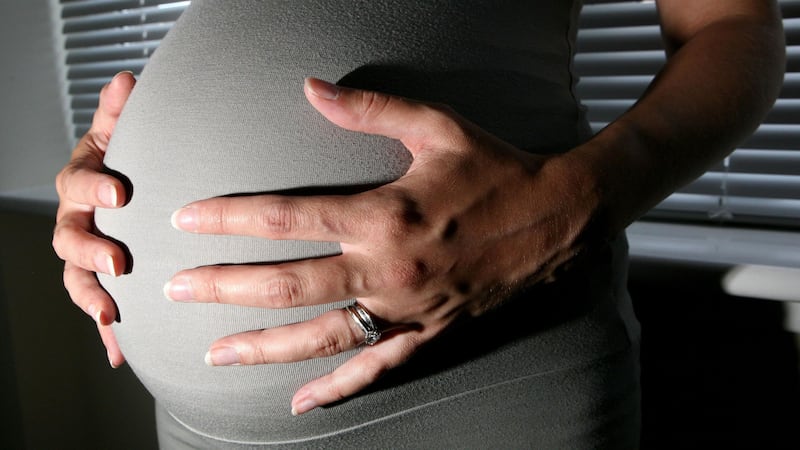Unborn babies exposed to a common chemical found in plastics are at higher risk of developing problems with their lungs and breathing when they are older, according to new research.
Scientists say pregnant women exposed to bisphenol A (BPA) – a substance used in food containers, cans, plastic bottles, toys, household electronics, and some types of paper – are more likely to have children suffering with wheezing and poorer lung function.
But experts say the findings, presented at the European Respiratory Society International Congress, are preliminary and require further investigation to confirm the link between BPA exposure and respiratory effects.
BPA – which is part of a group of chemicals called phenols – is ingested or absorbed through skin contact. Previous research has shown the main source of exposure is through eating foods packaged in plastic containers and cans.
The substance is known to behave in a similar way to estrogen – a primary female sex hormone – and has been linked to increased risk of heart disease, type 2 diabetes and fertility problems.
In 2017, the European Chemicals Agency identified BPA as a “substance of very high concern” but at present, there is no general consensus regarding a safe level of exposure to BPA.
Alicia Abellan, a predoctoral researcher at the Barcelona Institute for Global Health (ISGlobal) and one of the study authors, said: “Phenols are chemicals that we are continuously exposed to in our daily lives and BPA is the most commonly used phenol.
“When babies are still in the womb, they are especially vulnerable to these substances because they have not yet established the ability to remove toxic substances, and their respiratory and immune systems are still developing.”

Ms Abellan and her team examined 2,685 pairs of mothers and their children.
Urine samples showed “detectable quantities” of BPA and other phenols in four out of five pregnant women.
Researchers found women with higher levels of BPA were 13% more likely to have children who suffered with wheezing.
A doubling of BPA in a mother’s urine sample corresponded with an estimated 5ml decrease in a child’s lung capacity, the team added.
While the data was collated from eight different European studies, the researchers say they had to rely on measurements from only one or two urine samples per woman so further research is required to understand the process.
Ms Abellan said: “Our research doesn’t tell us exactly how the two are linked, but previous research in animals has shown that prenatal exposure to BPA can stunt the developing lungs and have an impact on the immune system.
“It could be that these chemicals interact with hormone signals in the growing baby and alter the correct development of the immune and the respiratory systems.”
Professor Daiana Stolz, from University Hospital Basel, Switzerland, who chairs the European Respiratory Society Education Council and was not involved in the study, said: “This research suggests that exposure to BPA in the womb may lead to small but measurable differences in children’s lung function.
“Further investigation is needed to confirm the link between phenol exposure and respiratory effects, as well as more research to assess the mixtures of chemicals in our environment and their effects on respiratory health.”








